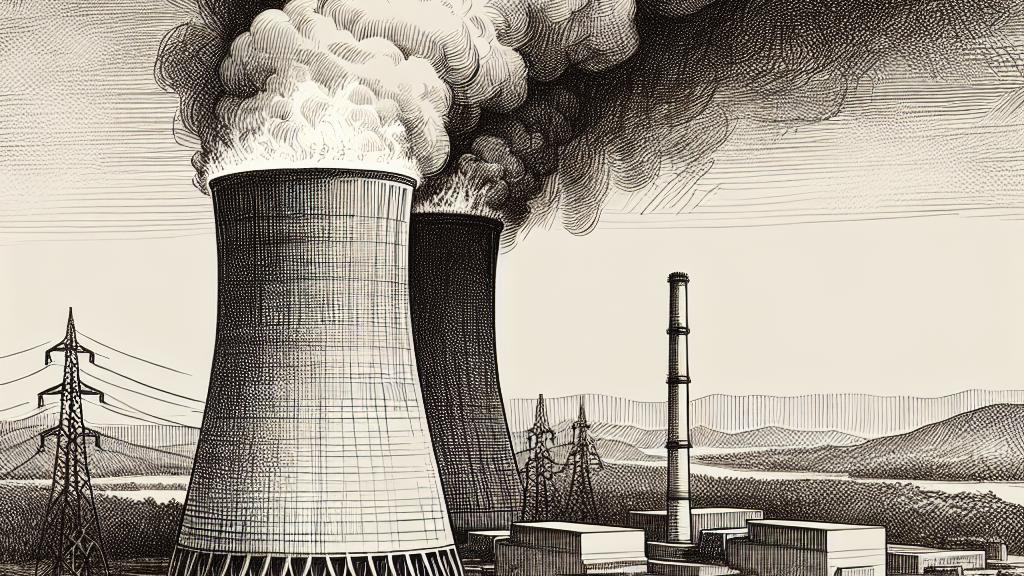Nuclear Showdown: Ukraine and Russia Blame Each Other for Plant Fire!
Overview
- A significant fire has erupted at the Zaporizhzhia nuclear power plant in southern Ukraine.
- Ukraine and Russia are engaged in a blame game, each accusing the other of starting the fire.
- IAEA reports indicate no elevated radiation levels, but experts continue to warn about safety risks.

Incident Overview
On August 11, 2024, a fire broke out at the Zaporizhzhia nuclear power plant, Europe's largest nuclear facility, located in the southern region of Ukraine. Controlled by Russian forces since the start of the large-scale military invasion in February 2022, the plant's safety has been a continuous concern amid the conflict. The fire reportedly began in one of the cooling towers, triggering alarms about potential risks. Authorities from both sides quickly reported that no immediate threat of radiation escape was detected, allowing some breathing room for officials and local residents amidst a tense situation.
Accusations and Counterclaims
In the wake of the fire, a heated exchange of accusations unfolded. Ukrainian President Volodymyr Zelenskiy declared that Russian forces were to blame for intentionally starting the blaze, while Russian-installed officials, including Evgeny Balitsky, retaliated by accusing Ukraine of conducting shelling that led to the fire at the cooling tower. Videos circulated online showing thick black smoke rising from the site, amplifying fears both locally and internationally. This situation highlights the high stakes surrounding the nuclear plant, as both nations leverage communication to frame the narrative in their favor.
International Oversight and Ongoing Safety Concerns
The International Atomic Energy Agency (IAEA) is closely observing the situation at the Zaporizhzhia plant, with officials stationed there confirming the fire's presence but asserting no immediate nuclear safety risks. Nonetheless, the agency emphasized the critical need for both sides to exercise extreme caution regarding military operations near the plant. The IAEA has consistently warned that ongoing military actions could have dangerous implications, underlining the fluid and precarious nature of the situation in this war-torn region. The Zaporizhzhia plant not only serves a critical power function but also represents a flashpoint in the broader conflict, prompting calls for international monitoring and diplomatic intervention.

Loading...